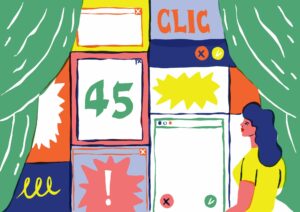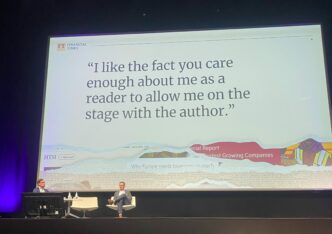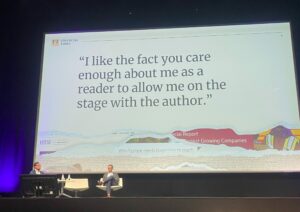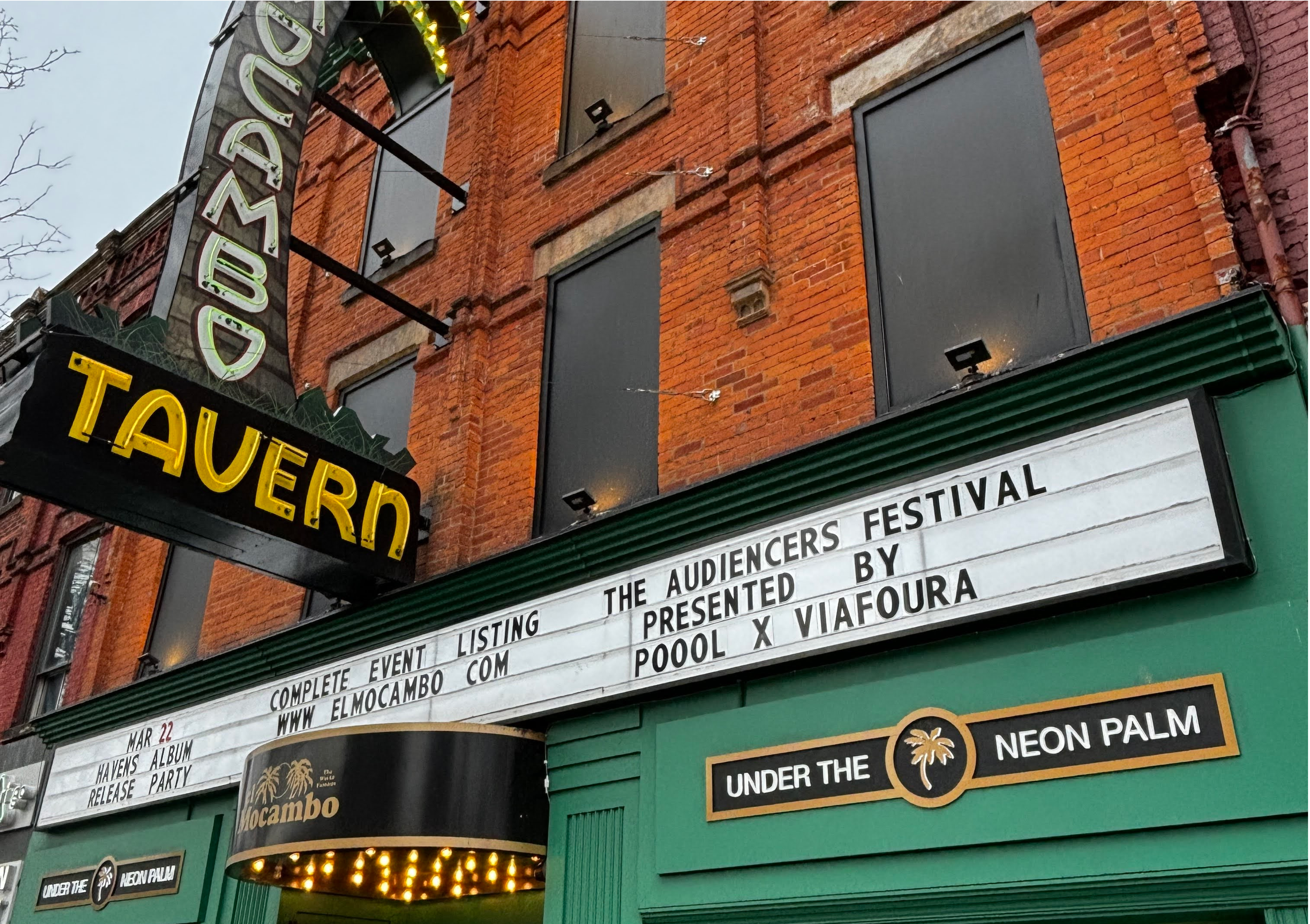

The Audiencers’ Festival Toronto was one to remember - held in the legendary El Mocambo, where the likes of The Rolling Stones and Billy Idol have performed, the energy from speakers and attendees alike was incredible.
For our second session of the day, Shelby Blackley, Manager, Newsroom SEO (The Athletic) & Co-founder (WTF is SEO?), not only gave us a lesson in how to be a dynamic presenter on stage, but also how to optimize SEO with your paywall in mind, including lessons from her work at The Athletic.
Paywalls and good SEO need to work together as part of an effective digital strategy, period.
- Paywalls are here to stay as the need to pay for journalism becomes ever more important
- And search audience is essential – whilst social is fairly passive, search is a very active, engaged audience that is seeking out information
Paywalls and SEO, a quick history
2008 – Google implements “first click free,” where publishers with paywalls were required to give access to at least three articles per day via search. If publishers didn’t, they were penalized by being dropped in rankings.
2009 – “Changes” to first click free after concerns of cloaking & users abusing the system. “We’ve decided to allow publishers to limit the number of accesses under the First Click Free policy to five free accesses per user each day.”
2017 – Google removes FCF, say they will provide additional tools & resources to publishers using paywall. Provides recommendations and “best practices” on which types of paywalls to use (flexible sampling).
2019 – Still a lot of stories that aren’t coming through Google, despite publishers following recommendations…
So, it’s essential for publishers to understand how paywalls and SEO interact, and how to ensure paywalled articles still appear high in search.
> You’ll also enjoy: Ask the experts, Paywalls and SEO
Quick refresh on paywall types
Hard paywalls require a paid subscription to access any content. The stories can accessed only by paying. This usually includes a registered account on the respective publisher’s site.
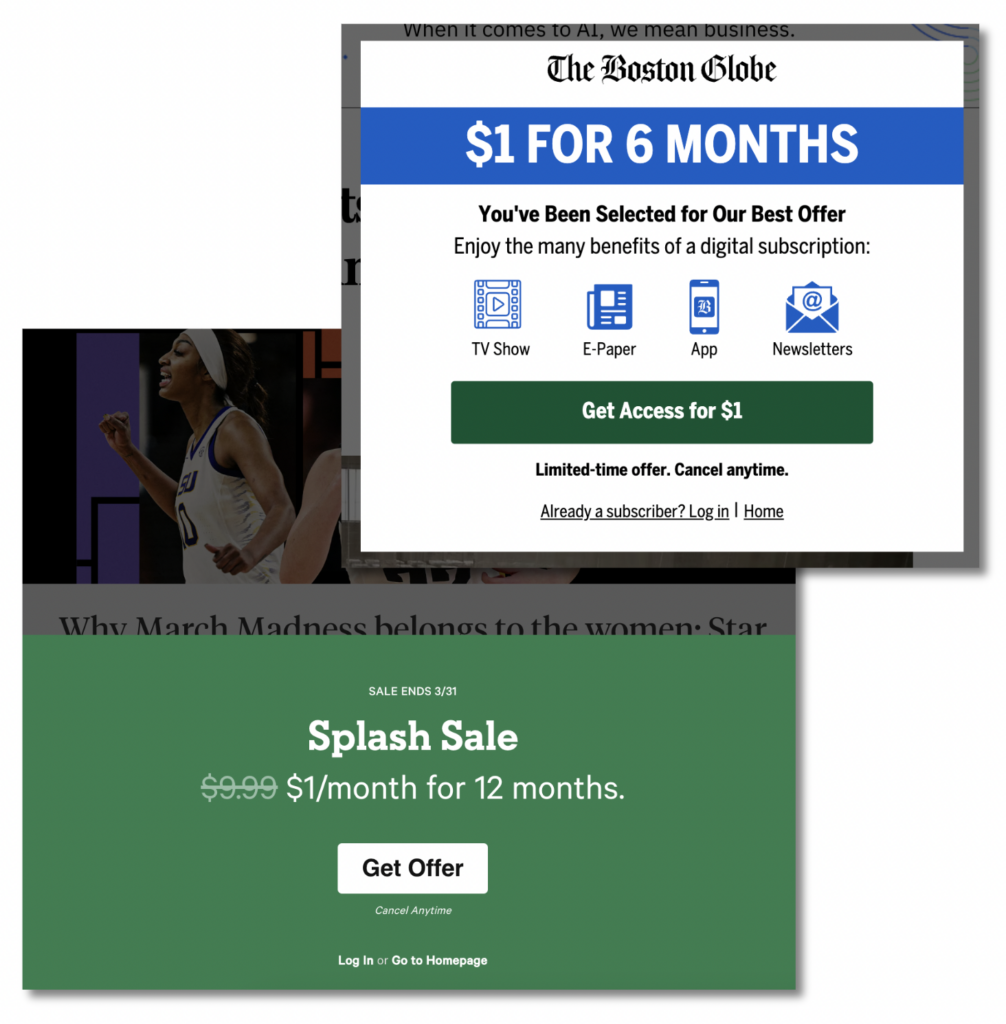
Soft paywalls give you partial access to a piece or a group of content before restriction
- Metered paywall, which gives access to a specific number of articles before hitting a threshold that triggers sign-in CTA.
- “Lead-in,” where you get to read a snippet of an article before having to sign in to read the rest.
Combination paywalls, AKA freemium paywalls. Includes allowing free access to some content while keeping select stories behind the wall for exclusivity. The choice as to which content goes behind the paywall is up to the publisher, but is usually decided based on: niche, authority, expertise or the value to the reader
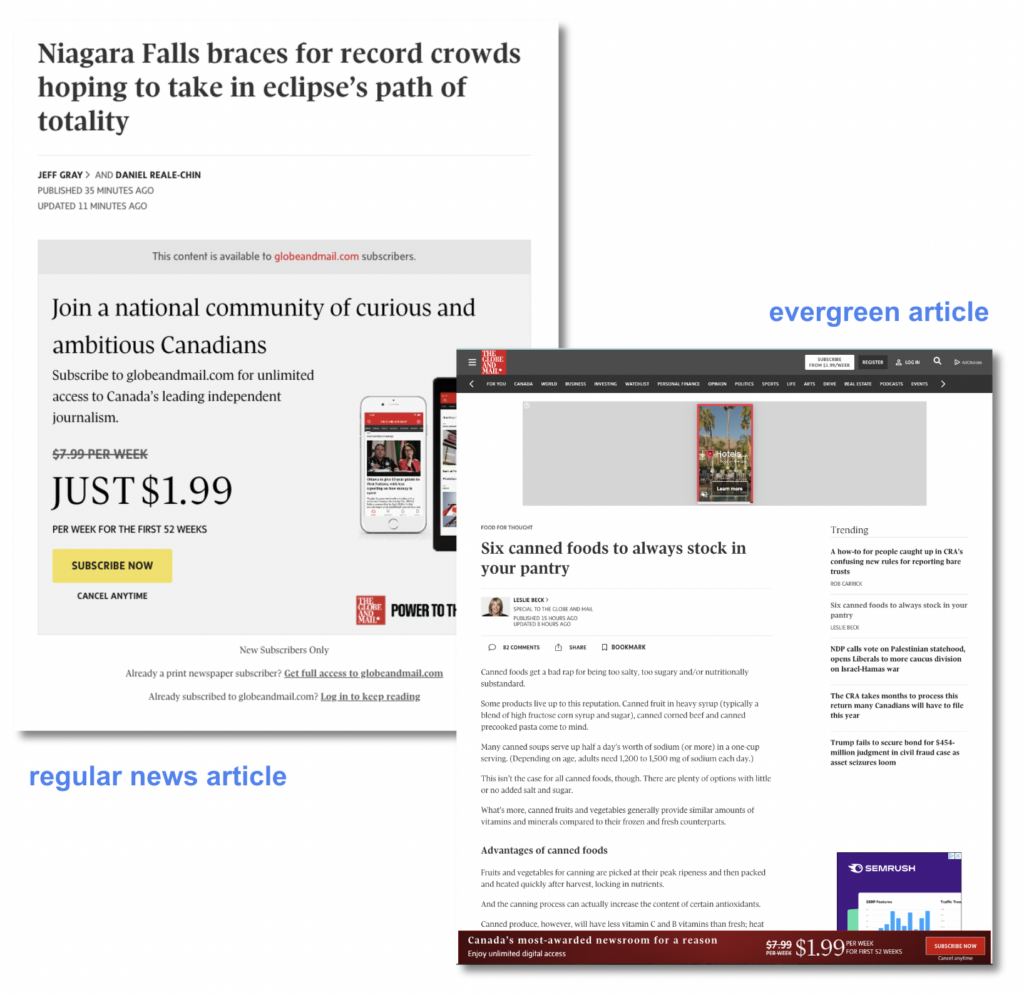
This is where you can consider different ways or audiences that your journalism is for, ensuring that you’re considering the context of the reader when building a paywall journey.
In doing this, you make sure your value stands out, and this supports both conversion rates and SEO.
Technically sound paywall = happy Google
In short: Google wants to make sure it can see your content and add it to its index. If it can’t see your content because of a ‘not technically sound’ paywall, it won’t know of it’s value and so won’t present it to search audiences. I.e. search engines need to be able to read your journalism
Google recommends one of 2 types of sampling:
- Metering, which provides users with a quota of articles to consume before requiring users to subscribe or log in, after which paywalls will start appearing;
- Lead-in, which offers a portion of an article’s content without it being shown in full.
Lean into your paywall (and tell Google)
- The internet has adapted to a world where most journalism is behind a paywall — embrace it.
- Strategize your editorial and revenue goals around your paywall function
- Start by telling Google, making it as clear as possible
- The following guidelines apply for paywalled content (according to Google):
- JSON-LD and microdata are both accepted for specifying structured data
- Don’t nest content sections (in your code)
- Only use .class selectors for the cssSelector property
- The following guidelines apply for paywalled content (according to Google):
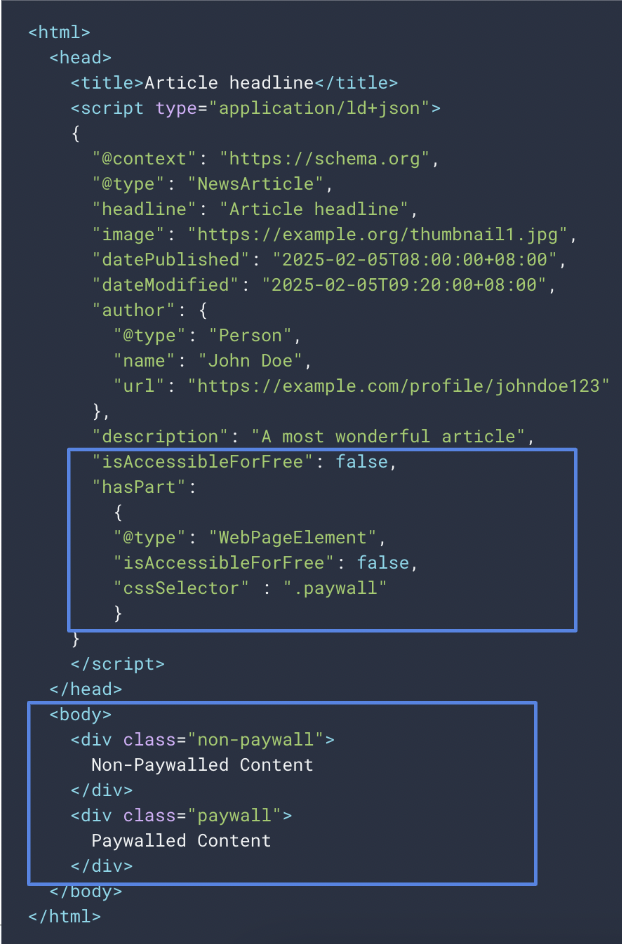
Think about journalism based on your paywall
On the left, the traditional audience funnel that you use everyday. On the right, the language changes slightly to make this into a paywall journey, but the idea’s the same. And journalism needs to fit into this.
- Where does THIS journalism fall within the paywall journey?
- How is THIS journalism different than any other publisher’s?
- (And if it isn’t, how do you make it?)
- Who is most likely to buy THIS?
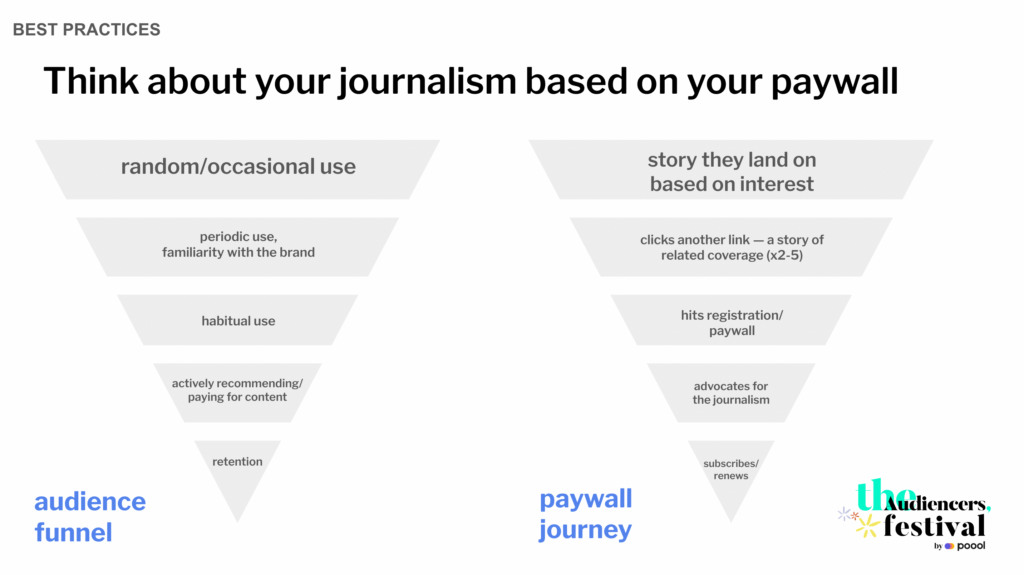
For example, articles on March Madness can be found across the web, and The Athletic wants to rank highly on SEO here, acquiring potential new audiences and bringing them into the funnel. By enticing a reader in from Google, The Athletic engages immediately by fulfilling a search intent. Blocking immediately with a paywall will hurt this, so instead they chose to put a registration wall after the lead-in.
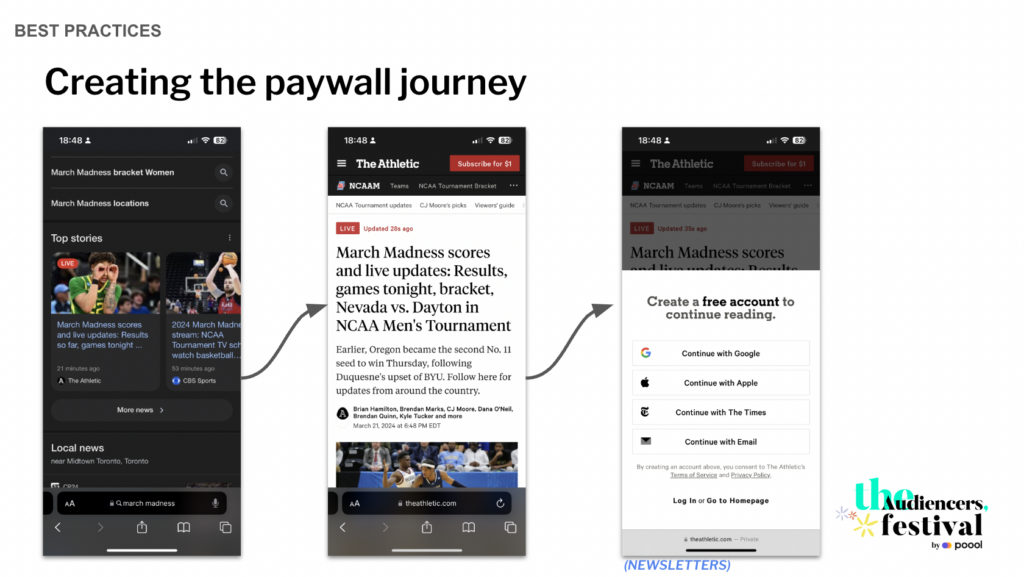
But then, within this article, they’ve linked higher value (premium) content that’s blocked by a paywall with a very low offer to convert this reader. I.e. the premium links within the non-premium content has now created the paywall journey.
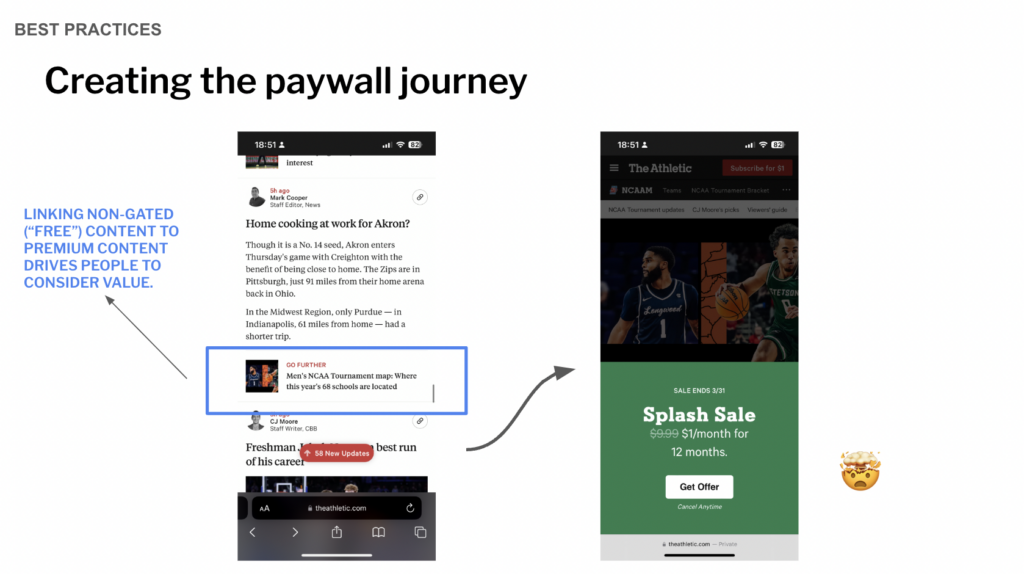
Editorial SEO is about knowing what your readers want to know, but can’t find elsewhere
What is that value that will drive SEO, conversions and loyalty?
- Follow SEO on-page best practices – make your paywalled content have the best headlines, and try many times
- Consistency in the paywall – keep changes minimal or to a controlled set (30% is a happy test area) – Google doesn’t like frequent paywall changes, it can influence visibility by up to 20%!
- Communicate – for deep investigation pieces, consider placing the introduction, methodology or additional reading that explains the paywall in front of the wall, to show the value (to both readers and Google) of what’s hidden. This methodology can also be found through search
- Show value in a variety of ways to both Google and readers
- E.E.A.T (Expertise, experience, authority and trust – the 4 pillars of Google’s authority signaling) & topic authority
- Investigations & highly cited authors
- A bundle, promotion or group of services
- Methodology or additional reading that explains a paywall change (public service)
If you’re an SEO person (or even if you’re not) we’d recommend signing up to the WTF is SEO? newsletter, written by Shelby and co-founder Jessie.


